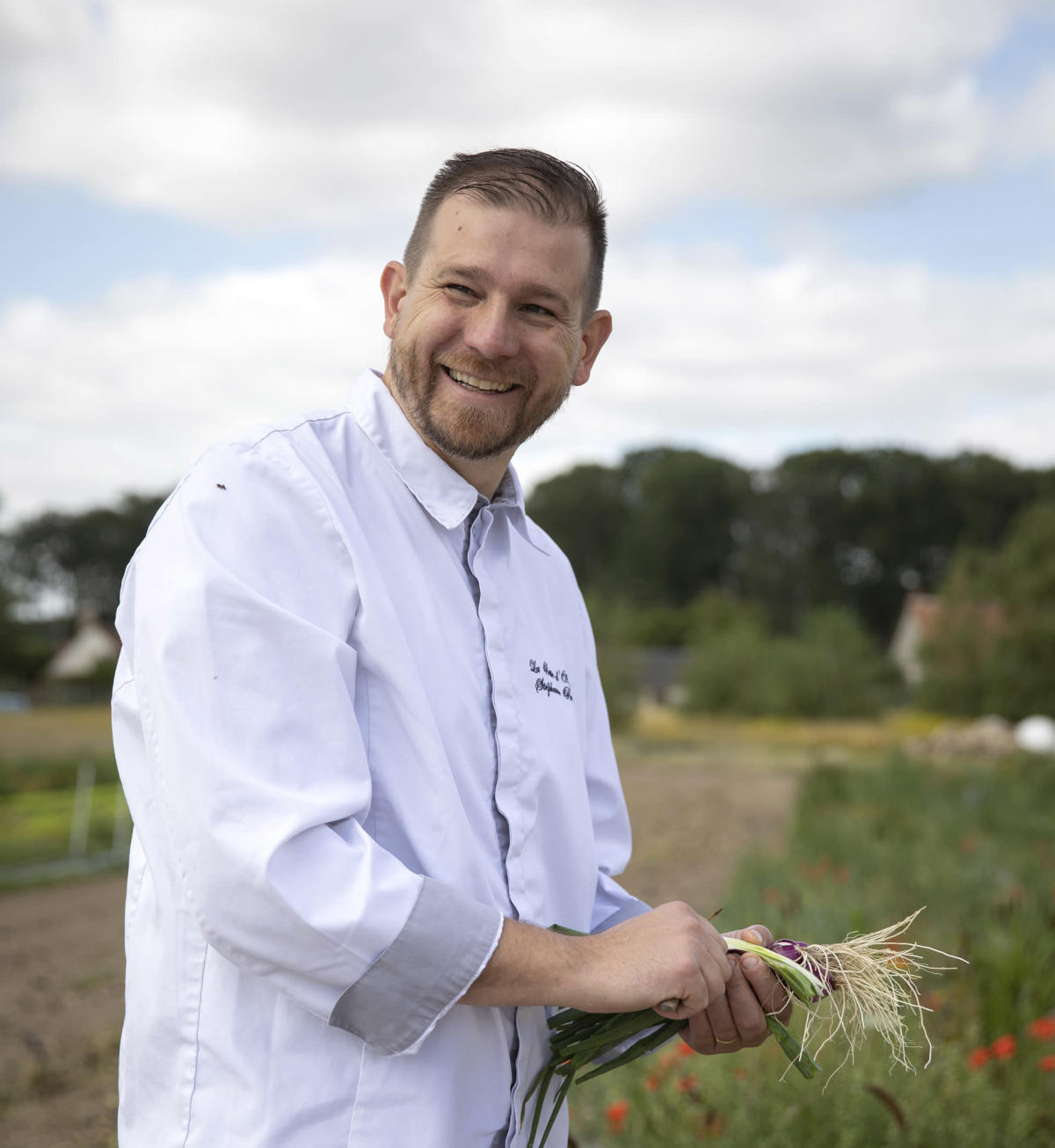In a week’s time, the Michelin Guide will not only unveil its new list of starred restaurants in its home territory, France. The famous French food guide will also salute restaurateurs who have made commitments to reduce the environmental impact of their business by awarding them a Green Star. Two years after the creation of this award, we take a look at some of the green initiatives implemented by chefs in France.
Cooking at night and using low-energy LEDs in the kitchen
At La Botte d’Asperges, in France’s Loir-et-Cher region, chef Stéphane Bureau has redesigned the kitchens to further his commitment to the environment. In addition to his efforts to avoid unnecessary packaging and unnecessary travel by visiting his market gardeners in person to collect the latest harvest, the chef has installed low-energy LED lighting above his stove tops. Chef Bureau has also set up a nighttime cooking system to limit energy use during the day. And this less energy-intensive solution works wonderfully for slow-cooked dishes.
Cooking raw and at low temperatures
At Château Malromé in the Bordeaux region — where painter Henri de Toulouse-Lautrec was once a frequent visitor — chef Sébastien Piniello, who helms two new restaurants, has decided to cook raw, or at least to cook vegetables at a lower temperature, not exceeding 83°C. This choice preserves the nutrients in the food and does not require too much energy.
keeping chickens
At Les Flocons de Sel in Megève, triple-starred chef Emmanuel Renaut has set up a hen house where nearly 50 hens are grain-fed. Here, the birds have an entire field at their disposal to roam and enjoy. The hotel-restaurant thus maintains its own production of eggs, collected to serve breakfast, but for use in pastries, cakes and other dishes.
Dehydrating and composting organic waste
If he draws on Japanese flavors for his dishes, chef Julien Lemarié works with ingredients produced less than a hundred kilometers from his two Rennes restaurants, Ima and Imayoko. The chef — holder of a Michelin Green Star since last year — buys whole animals and shares the carcasses with other chefs in the Brittany region, and he doesn’t throw anything away, since he prepares sauces and broths with the trimmings and scraps . Other waste is dehydrated and transformed into compost, before being given to farmers to fertilize their soil. In Chambéry, at the Château de Candie, compost is also prepared with organic waste resulting from the preparation of dishes. This is then used in the vegetable garden set up by the chef in the castle grounds.
More eco-friendly tableware
Back in Rennes, chef Julien Lemarié of the restaurant Ima, is serving up environmental commitment in the eatery’s choice of tableware. To do so, he has selected the creations of ceramist Cyril Dennery, made with enamels based on oyster powder and shells. Further south, in Les Baux-de-Provence, the famous three-starred restaurant L’Oustau de Baumanière draws on the expertise of local craftspeople. The glasses are made by glass blowers from Cristallerie d’Art in Saint-Rémy-de-Provence, while the ceramist Cécile Cayrol makes the crockery. Some of her creations by Ella can be found in the hotel’s boutique.
Beeswax wrap for preserving food
In Isère, chef Christophe Aribert — who lends his name to his eponymous two-starred gastronomic restaurant — has totally banned the presence of plastic from his establishment. To preserve food, the restaurateur uses beeswax wrap, or glass jars when it comes to storing raw materials. Michelin has saluted his commitment to environmental preservation by awarding him a Green Star.
Berangere Chatelain

